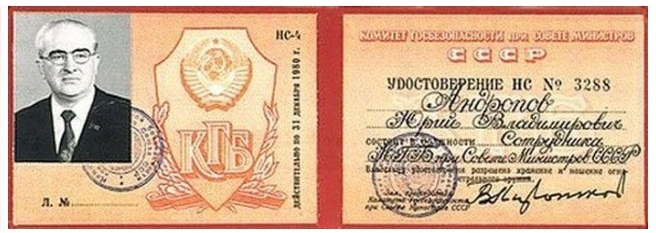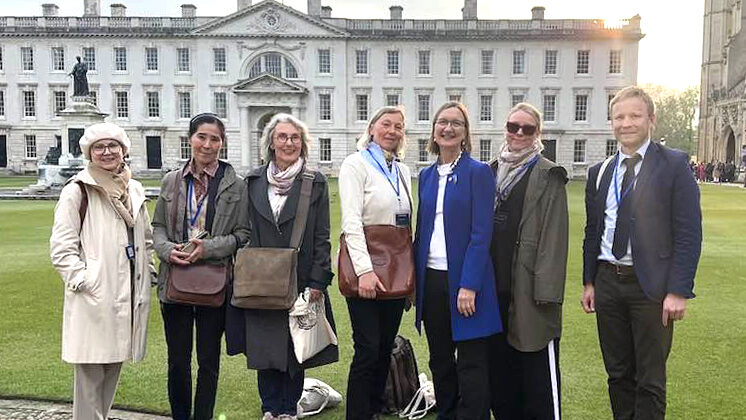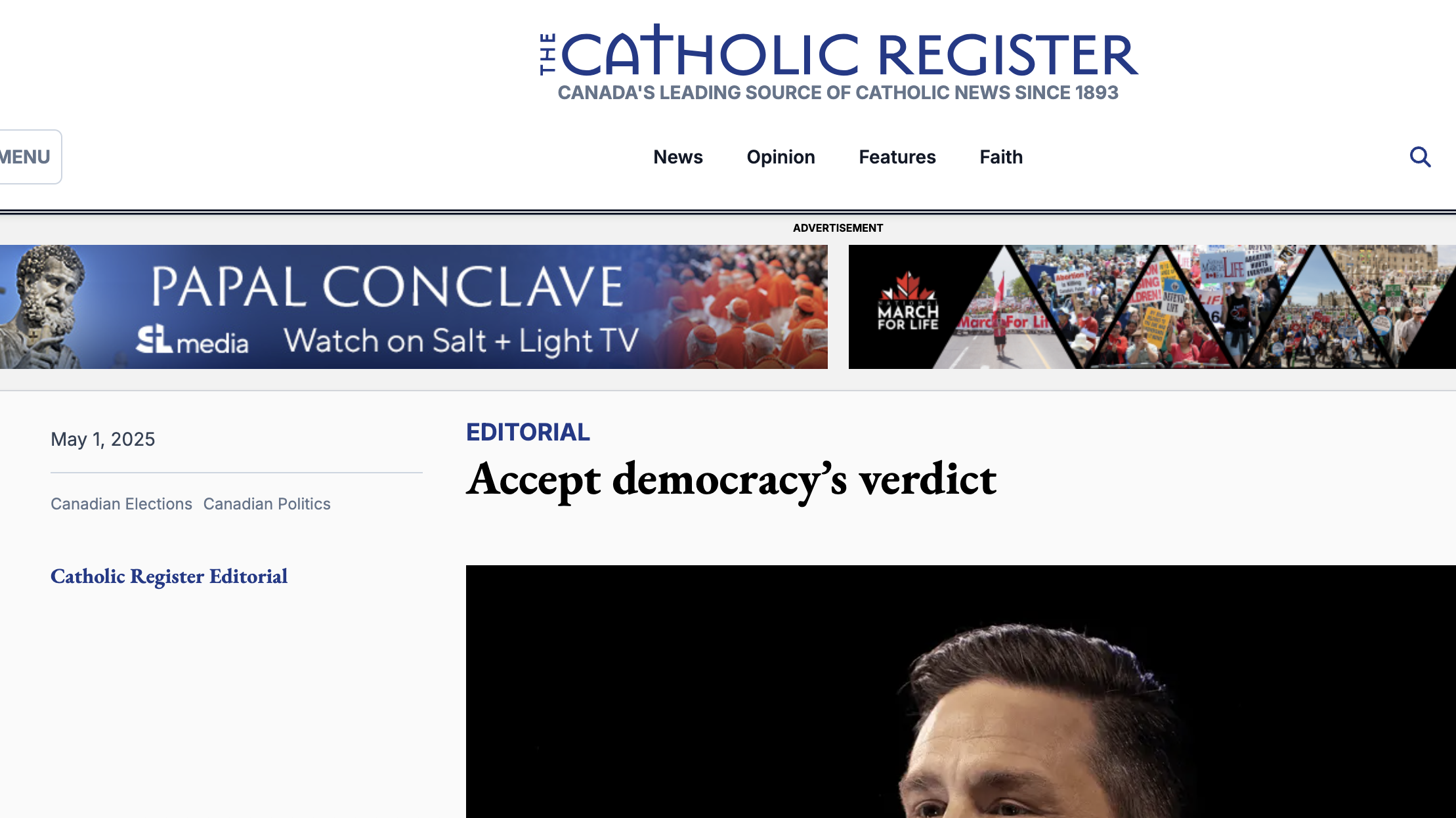Aleksander Solžhenitsôn has said that for every fourth/fifth city resident there was one collaborator. His knowledge came from the years he spent in the Gulag as a political prisoner. A typical group of inmates sitting around a table when asked, all said they had been coerced into collaborating or at the very least a proposal for collaboration had been made to them.
Estimates for KGB collaborators in Soviet-occupied Estonia have ranged between 10,000 and 15,000. Before documents were moved into Russia, experts put the figure at 13,500 dossiers for collaborators as of 1989. Active agents at the time, collaborators of all stripes, whose dossiers were in the possession of career KGB officers were thought to total 2,500-3,000.
How crucial is it that individuals recruited in Soviet-occupied Estonia and now occupying decision-making positions all be outed and made known to the public? Nearly 30 years have passed since the fall of the USSR. Many of those holding important posts from that time have passed on. Exposing collaborators is not about settling scores but about nurturing the growth of a certain moral order in society.
Most of those that co-operated with a brutal foreign regime, betrayed the loyalty of friendships, helped obtain morally corrupt goals have for three decades agonized over their past acts. Hopefully. At least, they’ve been deathly afraid of being exposed since 1991. In some sense that’s worse than public enmity and disdain.
The counter-argument stresses that historical truth demands that everyone who committed bad deeds be visible. This is vital for a more complete understanding of the nature of the Soviet regime, for a more accurate evaluation of repressive political-social mechanisms. This would not only enhance scholarly pursuits but our own interpretation of the contrast between the Brezhnev and Gorbachev eras.
We know in broad strokes how different events unfolded, but we don`t know all the players and their contribution. But it`s hardly likely that historians will make any break-through discoveries by accessing everything including individual dossiers of collaborators. General ideas about the dynamics of Soviet governance have already been formed.
However it’s still necessary to know what roles people played within the autocratic hierarchy. The importance of opening up KGB archives has to do with a ‘moral adjustment’ of society that survived Soviet totalitarianism.
Laas Leivat, Toronto




